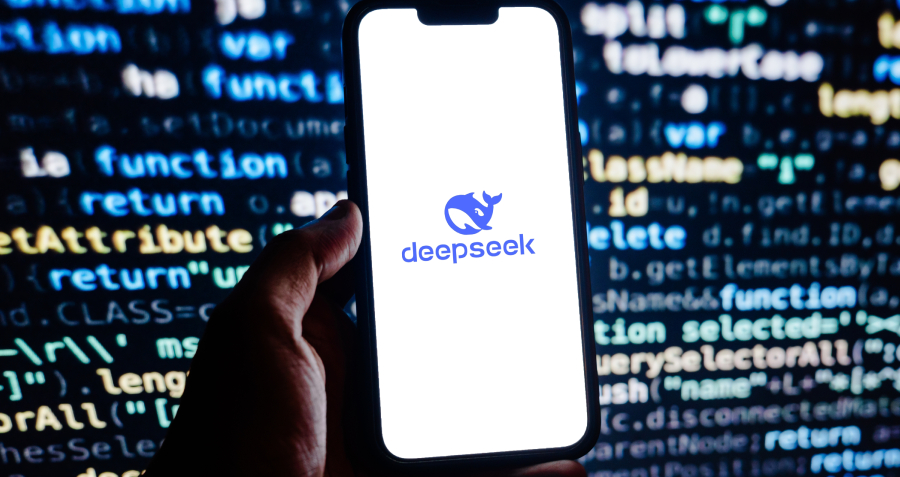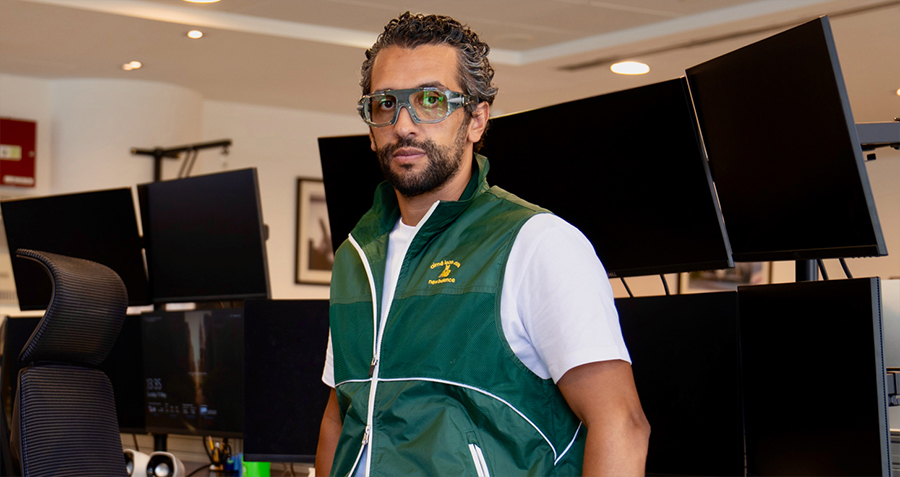January 20, 2025 saw Donald Trump swearing in as the new U.S. president witnessed by a host of tech industry leaders. It also saw DeepSeek, an emerging artificial intelligence (AI) company from China, unveiled its latest AI model, R1.
Initially, R1 attracted little attention. However, as time passed, the significance of this model became increasingly clear. R1 performed on par with the latest models from top American AI firms like OpenAI, yet it required significantly less computing power and was, therefore, far more cost-effective. As a result, its usage fees were dramatically lower than those of its U.S. counterparts.
This was a game-changer.
Traditionally, mainstream AI models demand enormous computing power, which in turn relies on high-performance chips. Consequently, leading AI companies have been spending vast sums of money acquiring these chips. The dominant supplier, NVIDIA, has seen its revenue and profits skyrocket in recent years, briefly becoming the world’s most valuable company.
Unlike other players in the sector, DeepSeek raised an intriguing possibility with its R1 model: AI companies might no longer need to stockpile expensive chips to maintain high computational power. This Chinese startup basically upends the logic behind the ongoing AI chip arms race. The impact was immediate—on January 27, 2025, NVIDIA’s stock price plummeted by 17%, wiping out nearly $600 billion in market value.
An obscure Chinese AI firm had managed to develop an AI product comparable to those of leading American companies at a fraction of the cost. For the world—and particularly for the U.S.—it was a seismic shock. Soon the question becomes: How should we interpret Deepseek’s success?
Interestingly, DeepSeek was not initially established as a commercial enterprise but rather as a byproduct of a quantitative hedge fund named High-Flyer Quant. Public records show that this fund was founded in 2015 by Liang Wenfeng, a graduate of Zhejiang University, along with his colleagues, whereas DeepSeek was only founded by Liang in July 2023—meaning it is still less than two years old.
For context, OpenAI, one of the biggest names in AI, was founded on December 11, 2015 so it will soon celebrate its 10th anniversary. On October 3, 2024, OpenAI secured $6.6 billion in new funding, bringing its post-investment valuation to $157 billion (with some reports suggesting it has since climbed to $300 billion). Altogether, OpenAI’s total funding has long surpassed the $10 billion mark.
In comparison, although it is unclear how much money is invested in DeepSeek, it is safe to say far less than OpenAI’s spending, as High-Flyer Quant manages a fund of $8 billion, and DeepSeek is entirely funded by High-Flyer Quant. By many metrics, OpenAI and DeepSeek are akin to a giant and an ant.
Yet what sets DeepSeek apart is that it was never driven by profit—but by curiosity.
Even today, curiosity remains the defining trait of DeepSeek. Liang Wenfeng has repeatedly stated in interviews that his motivation for founding DeepSeek was pure curiosity. When hiring new employees, he prioritizes their level of curiosity above all else.
In this sense, DeepSeek resembles a nonprofit organization more than a commercial enterprise—ironically, the opposite of OpenAI, which was initially founded as a nonprofit but gradually transitioned toward a profit-driven model as it expanded.
Throughout history, many researchers have been driven by the pursuit of fame and fortune, but an equally significant number have been motivated purely by curiosity. In fact, the most groundbreaking discoveries often stem from curiosity rather than immediate practical applications.
Just as Edwin Hubble gazed into the silent night sky at the Mount Wilson Observatory in California and out of curiosity identified the redshift phenomenon in distant galaxies, which explains that the universe is expanding, Liang Wenfeng and his DeepSeek team are driven by their curiosity about AI’s ultimate capabilities and developed a game-changing AI product.
The world needs more curiosities. Only with curiosities will we have more visionaries like Liang Wenfeng and foster more breakthroughs like DeepSeek.
Note: This article was originally published in Chinese on YiCai’s website.
https://www.yicai.com/news/102469958.html





















